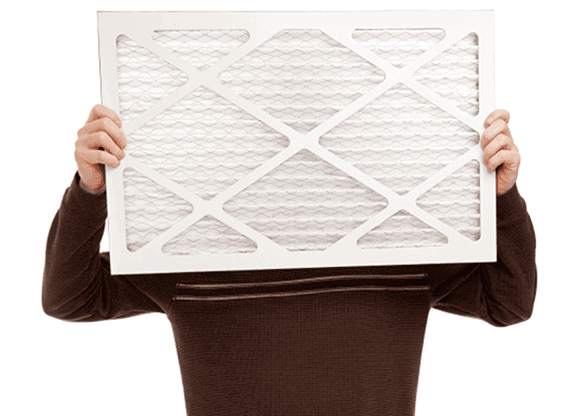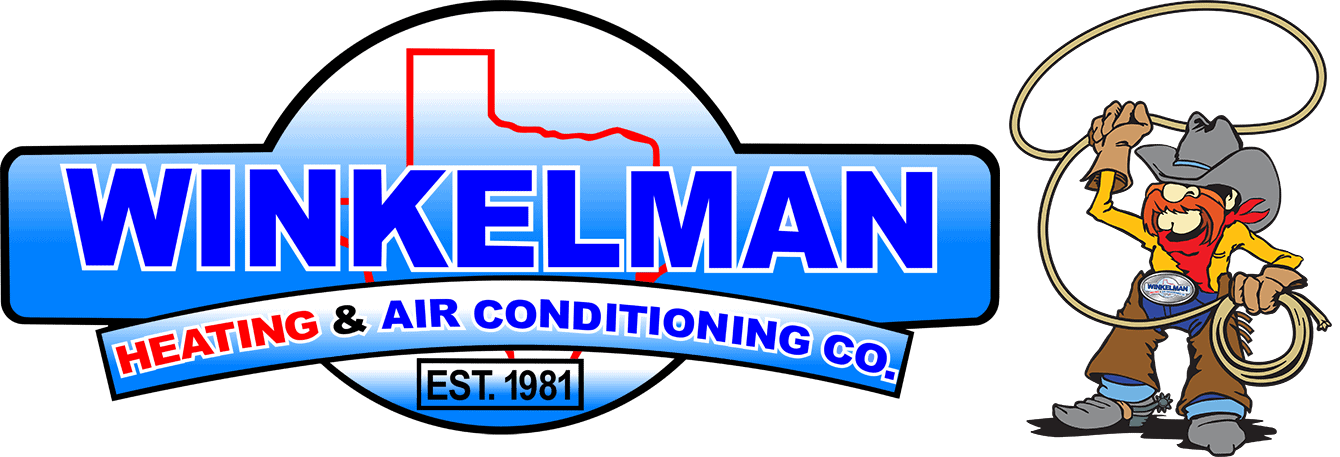Is an air ventilator right for your home?

If you deal with problems such as stuffy air, excessive humidity or lingering odors in your home, an air ventilator might bring much needed relief. Aside from being unpleasant, these issues can point to a much bigger problem: indoor air pollution. Contaminated air in your home can be a significant health risk and requires working with an expert to improve your indoor air quality (IAQ).
Isn’t My Home Already Ventilated?
Your roofing system is designed to provide natural ventilation of your attic. The purpose of this ventilating system is to maintain proper temperatures in the upper part of your home. While you may imagine that this should be a sufficient exchange of air for your structure, the reality is that insulation creates a barrier between attic space and your main living spaces. Insufficient air movement in your attic is a serious concern because an overheated roof can affect your home’s comfort levels while reducing the life of your roofing system. However, air ventilators for living spaces are better for improving the quality of air below this area.
How Does Air Sealing Affect My Need for an Air Ventilator?
According to reports from ENERGY STAR, you can cut household heating and cooling costs by up to 10 percent through careful air sealing and appropriate insulation levels. However, these efforts create barriers that prevent polluted inside air from escaping. Additionally, natural sources of fresh air are eliminated as windows, doors and other breaches in your exterior walls are tightly sealed. Pollutants in your home become more concentrated, five times more so than in the outside air. A ventilator can combat this concentration of pollutants by pulling contaminated air outside while blowing fresh, filtered air into your home.
Doesn’t My AC Fan Ventilate My Home?
While your air conditioning blower circulates air throughout your house, it doesn’t draw fresh air into the structure, nor does it exhaust polluted air. A balanced ventilator is needed for facilitating this exchange process. Exhausted air is drawn from a polluted space in your residence such as a laundry room, kitchen or bathroom. The intake supply is channeled into a living space. In the case of an energy recovery ventilator (ERV), the two streams of air are carried through a common box so that heating or cooling energy from the outgoing supply can be transferred to the incoming supply. An ERV also includes a paper core that pre-filters the incoming air for humidity.
The Importance of a Comprehensive Approach to Indoor Air Quality
The specific conditions you face could indicate more than just a problem with how air moves into and out of your home. For example, poor air movement may contribute to moisture problems and mold growth in some parts of your house. However, the condition, age and specifications of your air conditioner may also play a part in excessive humidity levels. Air ventilators alone may or may not resolve your issues, making it critical to consult with an HVAC expert as you prepare to improve the air in your home.
Before formulating solutions, your HVAC professional may need to perform an air quality test to pinpoint specific pollutants and problems. This may lead to some of the following equipment recommendations:
- Air cleaners – a purification unit is helpful for removing airborne particles. While an air filter helps, a purifier offers more intensive filtration. Germicidal equipment can destroy or neutralize biomaterials such as viruses and molds. Coupled with ventilating solutions, this serves as a means of thoroughly dealing with irritants in your home’s airstream so that your household members can breathe easier.
- Dehumidifiers – your AC may be insufficient for dealing with high humidity levels in the summer months, making a dehumidifier an important choice for better moisture control. Advanced AC equipment may offer more thorough dehumidification options as well, making it important to discuss the benefits of each option with your HVAC contractor.
- Alarms – leaky ducts, malfunctioning heating equipment and other equipment and structural factors in your home can provide a way for carbon monoxide to become a serious concern. Alarms should be installed in all sleeping spaces and on each level of your home. An ERV must be professionally installed to prevent backdrafting of dangerous emissions.
Contact a Caring HVAC Professional
The team at Winkelman Heating & Air Conditioning has been handling a variety of HVAC needs in the community since 1981. We are committed to keeping up with the latest developments in our industry so that we can offer you the most appropriate solutions for your residential and light commercial needs. If you need help with evaluating your indoor air quality or choosing the right air ventilator for your home, we are only a phone call away. Contact our staff or request service online today.
Need HVAC Service?
Contact the experts at Winkelman Heating and Air Conditioning.
Call us at 806-935-6327!
